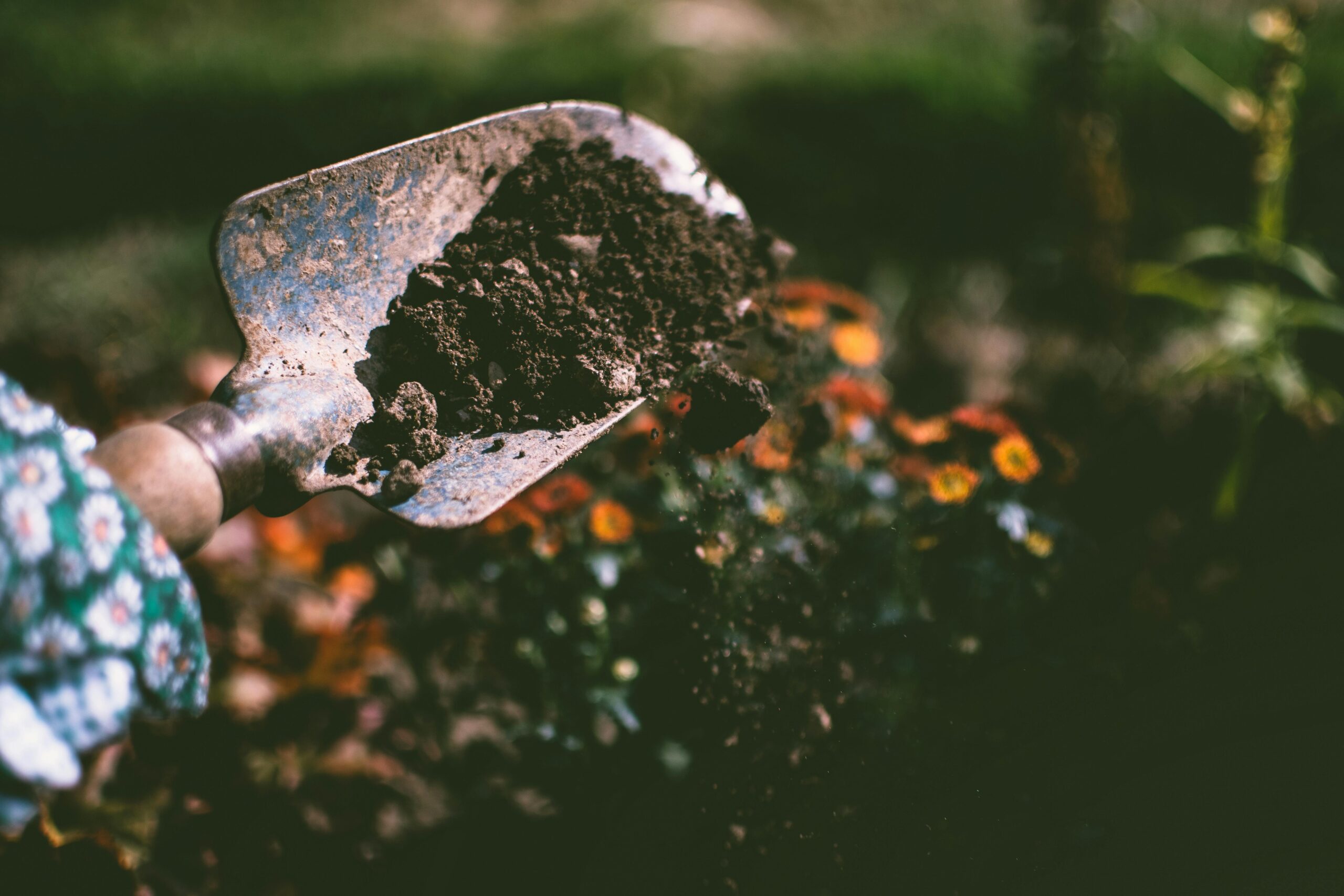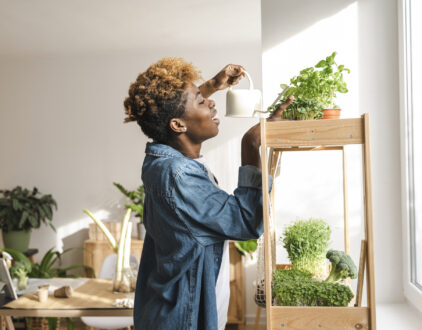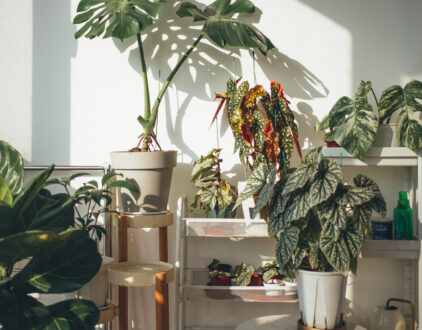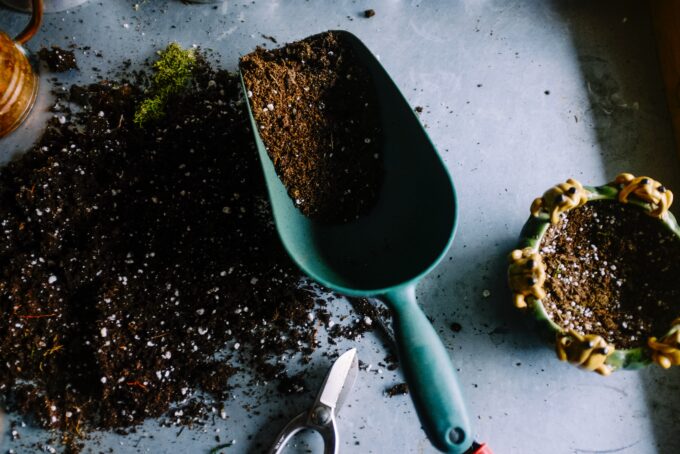The sight of blooming flowers and vibrant green plants is enough to bring anyone with a garden instant joy. However, gardening in the summer can be a bit tricky, with scorching temperatures and less rain. But with every challenge comes an opportunity. Check out these summer gardening hacks that will have your garden thriving with minimal effort and maximum fun.

1. Hydration: Water wisely.
The summer sun can be brutal, and your plants need hydration to stay perky. But did you know there’s a right time to water your plants? Early morning is the best time to give your garden a drink. This allows the water to seep into the soil before the sun gets too hot, reducing evaporation. Plus, your neighbors will admire your dedication to gardening at the crack of dawn. Win-win!
If waking up early isn’t your thing (no judgment here), consider setting up a DIY drip irrigation system. All you need are some plastic bottles, a few small holes, and a bit of patience. Bury the bottles next to your plants with the necks sticking out of the ground. Fill them with water, and voilà! You’ve got a slow-release watering system that your plants will love.
2. Mulch, mulch, baby.
Mulch is your garden’s best friend during the summer. It helps retain moisture, keeps the soil cool, and suppresses those pesky weeds. Plus, it gives your garden a tidy, well-kept appearance. You can use organic mulch like wood chips, straw, or even grass clippings.
For an eco-friendly and cost-effective option, use old newspapers as mulch. Lay them down around your plants and cover them with a thin layer of soil or other mulch. The newspapers will decompose over time, adding nutrients to your soil while keeping weeds at bay. Just be sure to remove any glossy ads—they’re not as biodegradable.
3. Utilize companion planting.
Who knew that plants could have best friends too? Companion planting involves pairing plants that benefit each other. For example, tomatoes and basil are a classic duo. Basil repels insects that typically feast on tomatoes while enhancing the flavor of your tomatoes. It’s like setting up your plants on a blind date, and they actually hit it off.

4. Implement shade solutions.
Some plants can’t handle the full blaze of the summer sun. If you notice your plants looking a bit crispy, it’s time to provide some shade. You don’t need to buy fancy equipment; everyday household items can do the trick.
Repurpose an old umbrella to create shade for your plants. Just open the umbrella and stake it into the ground where your plants need protection. Not only does it give your garden a whimsical feel, but it also offers much-needed relief from the scorching sun. Plus, it’s a great conversation starter.
5. Use a natural pest control.
Pests can be the bane of a gardener’s existence. But before you reach for chemical solutions, consider inviting some beneficial insects into your garden. Ladybugs, lacewings, and certain types of wasps are natural predators of many common garden pests.
Create a bug hotel to attract these beneficial insects. Use a variety of materials like bamboo, straw, and small wooden blocks to make a cozy home for your garden’s new best friends. Place it in a sheltered spot, and soon you’ll have a bustling insect community keeping your plants safe.

6. Fertilize naturally with composting.
Your plants need nutrients to thrive, and the best way to provide them is through composting. Compost is rich in nutrients and helps improve soil structure. Plus, it’s a great way to recycle kitchen and garden waste.
Start a compost pile with kitchen scraps like fruit and vegetable peels, coffee grounds, and eggshells. Avoid meat and dairy products, as they can attract pests. Turn your compost regularly to speed up the decomposition process. In a few months, you’ll have a rich, dark compost to spread on your garden.
7. Try succession planting.
Want to keep your garden productive all summer long? Try succession planting. This involves planting new crops every few weeks to ensure a continuous harvest. For example, once your lettuce starts to bolt in the heat, you can replace it with heat-tolerant crops like beans or peppers.
Plan your garden layout with succession planting in mind. Leave gaps between your initial plantings so you can easily add new crops as space becomes available. This way, you’ll always have something fresh and delicious to harvest. It’s like having a garden that never quits.
popular posts
Spaces
Whether it’s luxury or ease, every area of your home should be as fabulous and unique as you.
FOLLOW ALONG ON INSTAGRAM
#homeandtexture
Find us on social for more home inspiration where culture, personal style, and sophisticated shopping intersect to help you create a home where you love to live.








